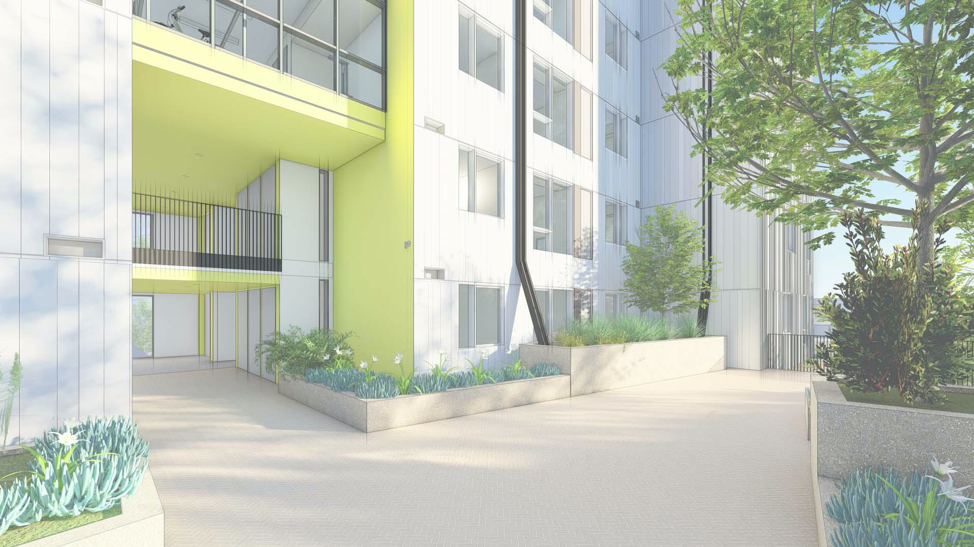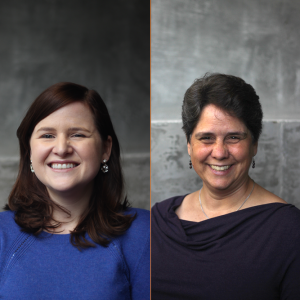Organizations like the Healthy Building Network (HBN), Housing Partnership Network (HPN), and the International Living Future Institute (ILFI) share a vision for safer and healthier housing and have each developed a set of resources that can be used to educate and to facilitate the selection of safer products. Though there are some differences in terminology and approach among these organizations and others that are seeking transparent and healthy ingredients, there is much alignment around the urgency of transparency and healthier options in the built environment. The prevalence of resources available providing information on healthier products means that the process of transforming product libraries and typical project specifications, while far from easy, is much more straightforward than in previous years. Leveraging the strength of each of the resources discussed below will further streamline the process. Each project and team that prioritizes the health and well-being of building occupants (along with factory workers and fenceline communities) increases the momentum of this movement and makes it easier for the next project to also integrate healthy materials.
A few years ago, Julie de Jesus, Former Director of Interiors at David Baker Architects, began learning about phthalates when she discovered that they were being banned from children’s toys. She wondered why, if these chemicals are too dangerous for toys, would they still be so prevalent in the flooring products she was specifying? While toys are certainly one exposure route, babies and toddlers also crawl and put their hands on floors all day. She began asking all the flooring product representatives they worked with about phthalates until she had removed all products with these chemicals from David Baker’s product library. She then moved on to other product categories, prioritizing those with the highest volume and the largest amount of touch surfaces in their projects, slowly transforming the product library, and by extension the affordable homes they design, to be healthier and greener.
For Julie and her clients, creating healthier materials specifications starts with education. The foundation for this work is a shared understanding among team members about goals and rationale. Spending the time to educate their teams internally, particularly by bringing it back to the residents and potential health impacts, helped create buy-in and scale the effort to more projects.
One of Julie’s clients, the Tenderloin Neighborhood Development Corporation (TNDC), has been on a parallel journey to remove harmful categories from their typical project specifications. Early in 2021, TNDC registered four projects with ILFI’s Affordable Housing Program. Each is pursuing either Core, Zero Carbon, or Materials Petal certifications. Implementing healthier materials is a natural extension of TNDC’s organizational values to promote health and wellness among residents. David Baker Architects is also part of ILFI’s Affordable Housing Program and is now working on their third Pilot Project pursuing an ILFI certification. Julie and TNDC used resources from HBN, ILFI, and HPN to educate their teams and find products to specify.
A summary of some of the resources available from each of the three organizations is below.
Resources
- HomeFree (Healthy Building Network)
- A national initiative to support leaders in affordable housing who are improving human health by using less toxic building materials.
- A set of resources that provide education and insights on the relative safety of ten different product categories, including flooring, cabinetry, and doors.
- The Hazard Spectrum provides health information for each product category using a red (most hazardous)-to-green (least hazardous) ranking system.
- Specification guidance, case studies, and a transparency guide are also available

- Declare + ILFI’s Materials List for Affordable Housing (ILFI)
- Declare is a transparency database and ingredient label for products providing information on where a product is assembled, what it is made of, and end of life options.
- Declare specifically highlights any chemicals on the LBC Red List or LBC Watch List and identifies whether the product is Red List Free, Red List Approved, or Declared.
- ILFI’s Materials List for Affordable Housing is a downloadable spreadsheet listing products by CSI Division that are Red List free, making it easier for affordable housing teams to locate healthy materials to use in their projects. The list also includes applicability to the Living Building Challenge and other ILFI certifications, as well as to Enterprise Green Communities.
The Red List includes the worst-in-class materials, chemicals, and elements pervasive in the built environment that are known to cause serious health risks to individuals and the greater ecosystem.

- HPN Select and EcoGuide (Housing Partnership Network, HPN Select now owned by Buyer’s Access)
- HPN Select is a procurement platform which leverages collective buying power of affordable housing developers by aggregating purchase orders in order to arrange preferred pricing of materials.
- The EcoGuide provides the status of each product related to a wide range of third-party certifications, such as Declare, Cradle to Cradle, FloorScore, and Greenguard.
- The EcoGuide also provides information on energy and water efficiency (and related cost savings), as well as maintenance costs for some product categories.
Other organizations like Mindful Materials and the BlueGreen Alliance also include databases of healthier products that can be used when searching for options.
The resources above can work in harmony to help project teams work through the difficult pinch points in materials vetting, selection, specification, and procurement. For example, imagine an architect is looking for a healthier flooring product to specify on her current project. She knows that vinyl flooring isn’t the best option, but she isn’t quite sure of the best alternative. She knows of a few resources with information on healthy materials, but often ends up searching Google to find a quick answer. She visits HomeFree and learns that fluorinated stain repellents in carpets and products marketed as “anti-microbial” and having a health benefit should be avoided as well. She sees that linoleum is considered one of the healthier flooring options. She then goes to the Declare database to search for specific Red-List Free product options. She finds several options available by Forbo and Tarkett and begins looking into how the products would fit into her project’s aesthetic and functional needs. Since her project is an affordable housing development, she reaches out to Housing Partnership Select once she decides on a product and they assist with finding sourcing at an affordable price.
This example shows how using all three resources streamlined the entire process from education to procurement. When writing the project specifications, the project team can also turns to sample specifications from HBN and ILFI that provide sample language for avoiding certain problematic ingredients and ensuring that any products used on site are not on ILFI’s Red List, and do not jeopardize any Living Building Challenge and/or other certification goals of the project.
HBN and ILFI also strongly encourage all project team members to take an active role in advocating for healthier products. Thanks to advocacy from Julie and other conscientious designers, architects, and contractors, as well as organizations like ILFI and HBN, phthalates have now mostly been eliminated in flooring products.
Using the ILFI framework, the architect on the example project may decide to reach out to flooring manufacturers without a Declare label and request ingredient disclosure and the elimination of Red List ingredients so that their products may be used on future projects without fear of compromising the health and safety of residents. HBN also encourages project team members to push for ingredient disclosure (such as a health product declaration or Declare label) from manufacturers. In the case of flooring, HBN notes that topcoats are a pervasive source of hazardous exposures and are a high priority for disclosure.
All of these resources and databases of products, such as Declare, have grown exponentially in the past several years, highlighting the increasing awareness that is taking place in the industry. Architects and developers advocating directly to manufacturers have been a big part of the shift. Manufacturers that have responded to this call for action by providing ingredient information, HPDs and Declare labels as well as reformulating their products to eliminate toxic chemicals. These manufacturers request that designers ensure that this progress is not lost by consistently specifying and promoting the use of these healthier products in their buildings and advocating to clients to prioritize sustainability and transparency.
The more designers participate in the process of educating themselves about healthier products and advocating for transparency (and eventually specifying transparent, safer products, speeds up the movement towards healthier buildings, especially for those most vulnerable who often have the least choices about their exposure level.
Cover image: The Coliseum Place project in Oakland, CA, an ILFI affordable housing pilot project. Courtesy of David Baker Architects



